Coupled Radiative & Convective Heat Transfer In Cavity CFD Simulation – ANSYS Fluent Tutorial
Coupled Radiative & Convective Heat Transfer In Cavity CFD Simulation – ANSYS Fluent Tutorial
- Upon ordering this product, you will be provided with a geometry file, a mesh file, and an in-depth Training Video that offers a step-by-step training on the simulation process.
- For any more inquiries regarding the product, please do not hesitate to reach out to us at info@CFDLAND.com or through our online support assistant.
€125 Original price was: €125.€99Current price is: €99.
Coupled Heat Transfer CFD: Introduction to Cavity Simulation
Heat transfer happens in two main ways inside closed spaces like boxes or rooms – through radiation (like heat from the sun) and through convection (when hot air moves around). Radiative heat transfer means heat moves from hot surfaces to cold surfaces without touching, just like how you feel warm near a fire. This is a core part of Radiative heat transfer CFD. Convective heat transfer happens when hot fluid (like air or water) moves and carries heat with it because hot fluids are lighter and rise up, which is studied using Convective heat transfer CFD. CFD simulation helps engineers understand how these two types of heat transfer work together in the same space at the same time. ANSYS Fluent has special tools that can calculate both radiation and convection effects together, showing how temperature changes in different parts of a cavity. Many real problems need coupled heat transfer CFD analysis, like solar panels, computer cooling, and house heating systems where both radiation and convection are important. Heat transfer CFD studies help predict temperature patterns, heat flux amounts, and how fast heat moves through the system. The 2D method makes calculations faster while still showing the main physics of how heat moves by radiation and convection in simple box shapes. Fluent CFD modeling needs correct setup of material properties, temperature conditions, and flow equations to get accurate results for coupled thermal problems in engineering applications. Through our CFD study, we got help of a valuable reference paper:
- Reference [1]: Saravanan, S., and C. Sivaraj. “Coupled thermal radiation and natural convection heat transfer in a cavity with a heated plate inside.” International Journal of Heat and Fluid Flow40 (2013): 54-64.
Figure 1: Physical configuration [1]
Simulation Process | Coupled Convective & Radiative Heat Transfer
The 2D cavity model uses simple rectangle shape based on the reference paper to study heat transfer in enclosed spaces. We made a structured grid with 159,360 cells using blocking method to get good quality mesh for CFD analysis in ANSYS Fluent. The S2S radiation model in Fluent calculates thermal radiation between hot and cold walls accurately, making it perfect for coupled heat transfer CFD studies where radiation and convection work together. The S2S radiation model Fluent is ideal for this type of Radiative heat transfer Fluent problem. Important dimensionless numbers: Rayleigh number Ra = 10^7 shows strong natural convection, Prandtl number Pr = 0.72 represents air properties, and Nusselt number measures heat transfer effectiveness on walls. The cavity CFD setup includes hot wall at 313.15K, cold wall at 293.15K, and temperature difference of 20K that creates buoyancy forces driving fluid flow. This setup is crucial for analyzing Convective heat transfer Fluent. S2S Fluent model works well for cavity heat transfer CFD because it handles radiation between surfaces directly without complex calculations, giving accurate temperature and heat flux predictions.
Post-processing | Cavity Heat Transfer Analysis
The temperature field shows how heat spreads from the hot horizontal strip (at 312.5K) to the cold cavity walls (at 293.1K) through both convection and radiation working together. The hottest area stays close to the heated strip where temperature reaches maximum values, and heat moves outward in a smooth pattern toward the cooler walls. These coupled heat transfer results are very clear. Coupled heat transfer creates a temperature gradient that is different from pure convection or pure radiation alone, showing how both mechanisms work at the same time. The heat transfer CFD results match typical natural convection patterns in cavities, but effects from the radiative heat transfer analysis make the temperature drop more gradual near the walls. Thermal radiation helps heat jump directly from the hot strip to the walls without needing fluid motion, which makes the overall heat transfer faster than convection only. The 2D CFD model captures the main physics of coupled thermal processes that happen in real engineering systems like solar collectors and electronic cooling applications.
Figure 2: Temperature Distribution in Cavity with Coupled Heat Transfer
Figure 3: Velocity Streamlines and Natural Convection Patterns
The velocity field shows natural convection circulation patterns that form when hot fluid rises and cold fluid sinks due to density differences caused by temperature changes. These are classic natural convection CFD patterns. Two main circulation loops develop on both sides of the hot strip, with maximum velocity values reaching 0.02 m/s in the rising hot fluid regions. The streamlines create symmetric patterns that show how convective heat transfer moves heat through fluid motion while radiation works at the same time. The convective heat transfer Fluent results are visualized by these streamlines. Buoyancy forces drive the fluid movement, creating steady circulation that helps mix hot and cold fluid throughout the cavity. ANSYS Fluent calculations show that convection and radiation work together to control the flow patterns, making the circulation stronger than in cases with only convection. The coupled heat transfer CFD analysis proves that both radiation and convection must be included to get correct velocity and temperature predictions in cavity problems with hot surfaces.
We pride ourselves on presenting unique products at CFDLAND. We stand out for our scientific rigor and validity. Our products are not based on guesswork or theoretical assumptions like many others. Instead, most of our products are validated using experimental or numerical data from valued scientific journals. Even if direct validation isn’t possible, we build our models and assumptions on the latest research, typically using reference articles to approximate reality.
Yes, we’ll be here . If you have trouble loading files, having technical problems, or have any questions about how to use our products, our technical support team is here to help.
You can load geometry and mesh files, as well as case and data files, using any version of ANSYS Fluent.
€240 Original price was: €240.€125Current price is: €125.

€240 Original price was: €240.€135Current price is: €135.

€295 Original price was: €295.€175Current price is: €175.

€120 Original price was: €120.€65Current price is: €65.

€360 Original price was: €360.€180Current price is: €180.

€240 Original price was: €240.€135Current price is: €135.


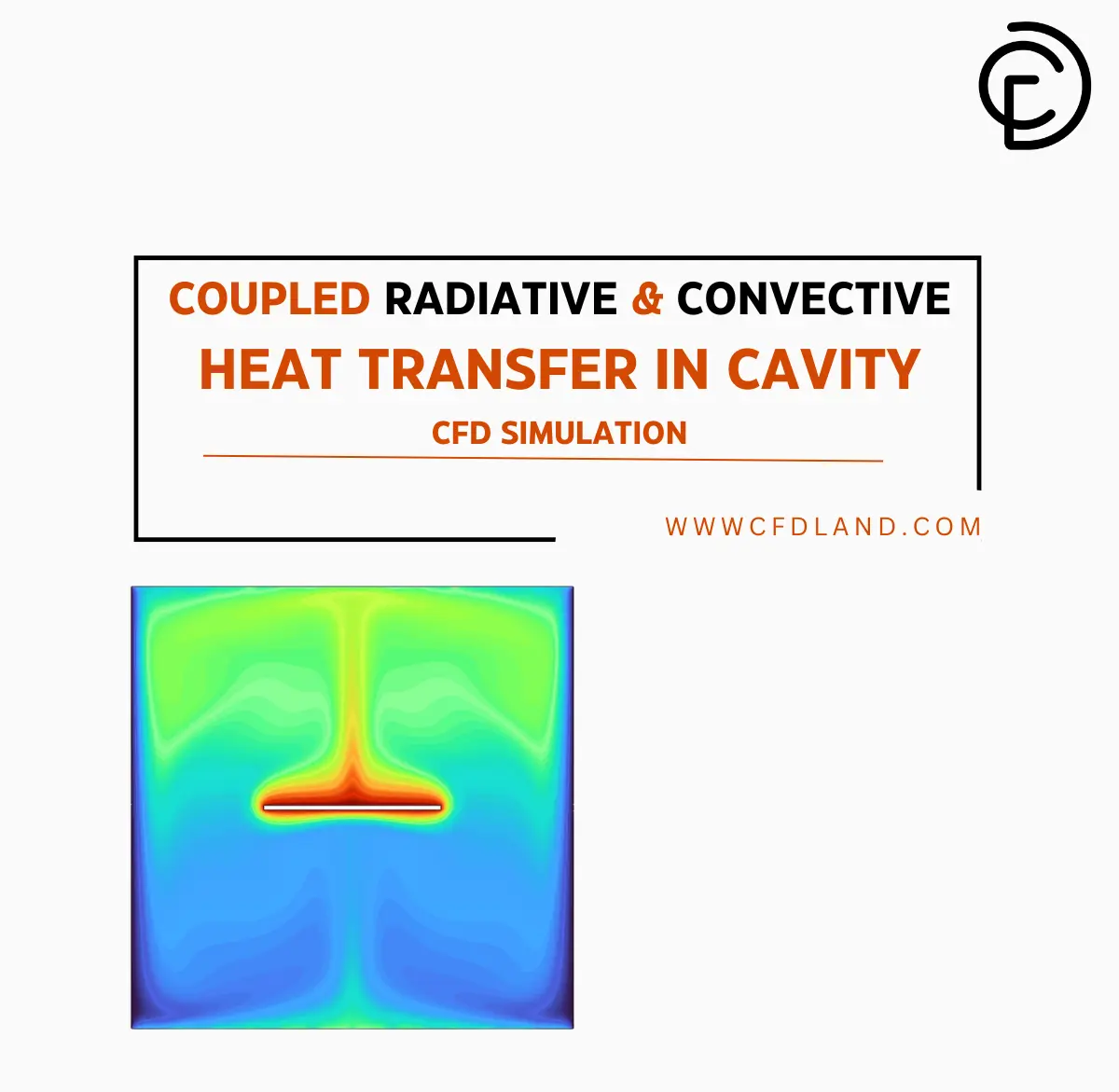
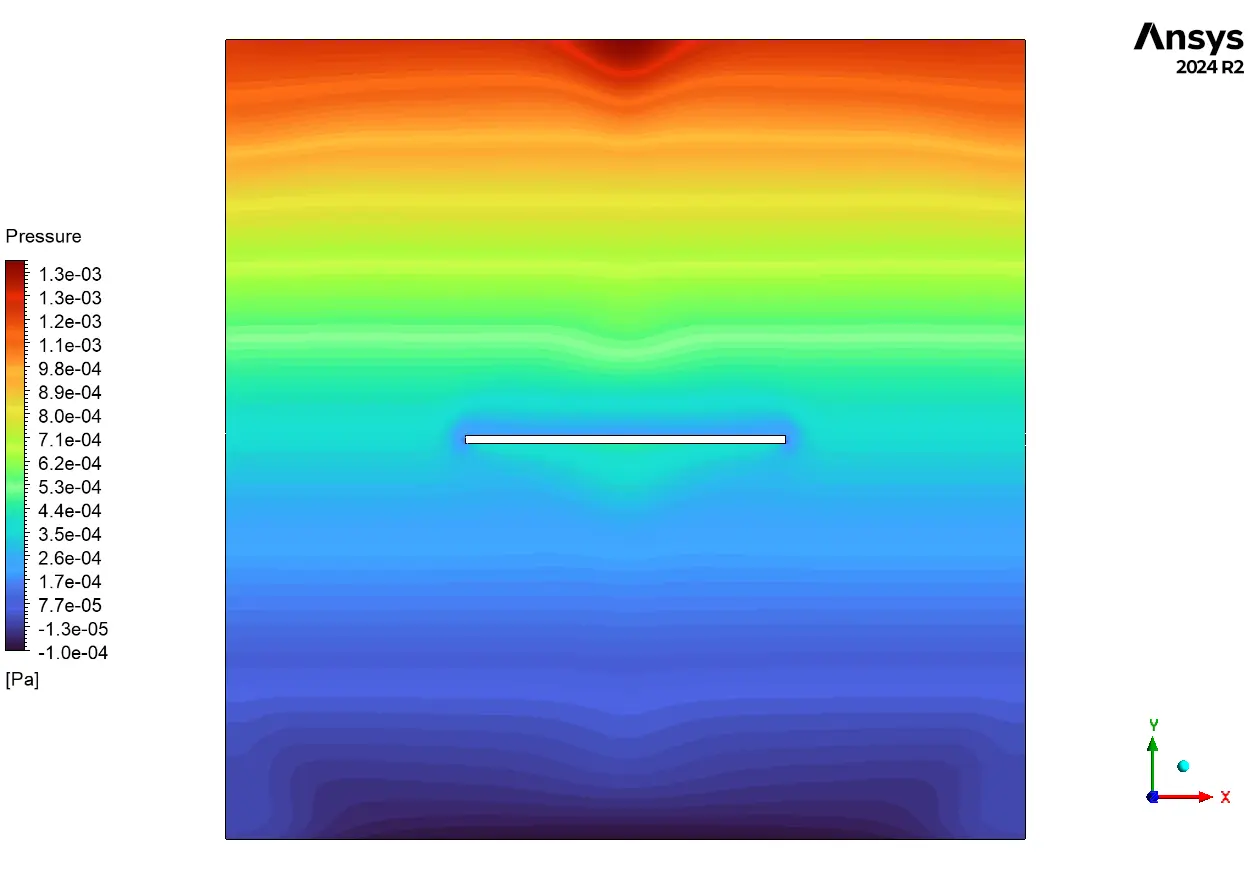
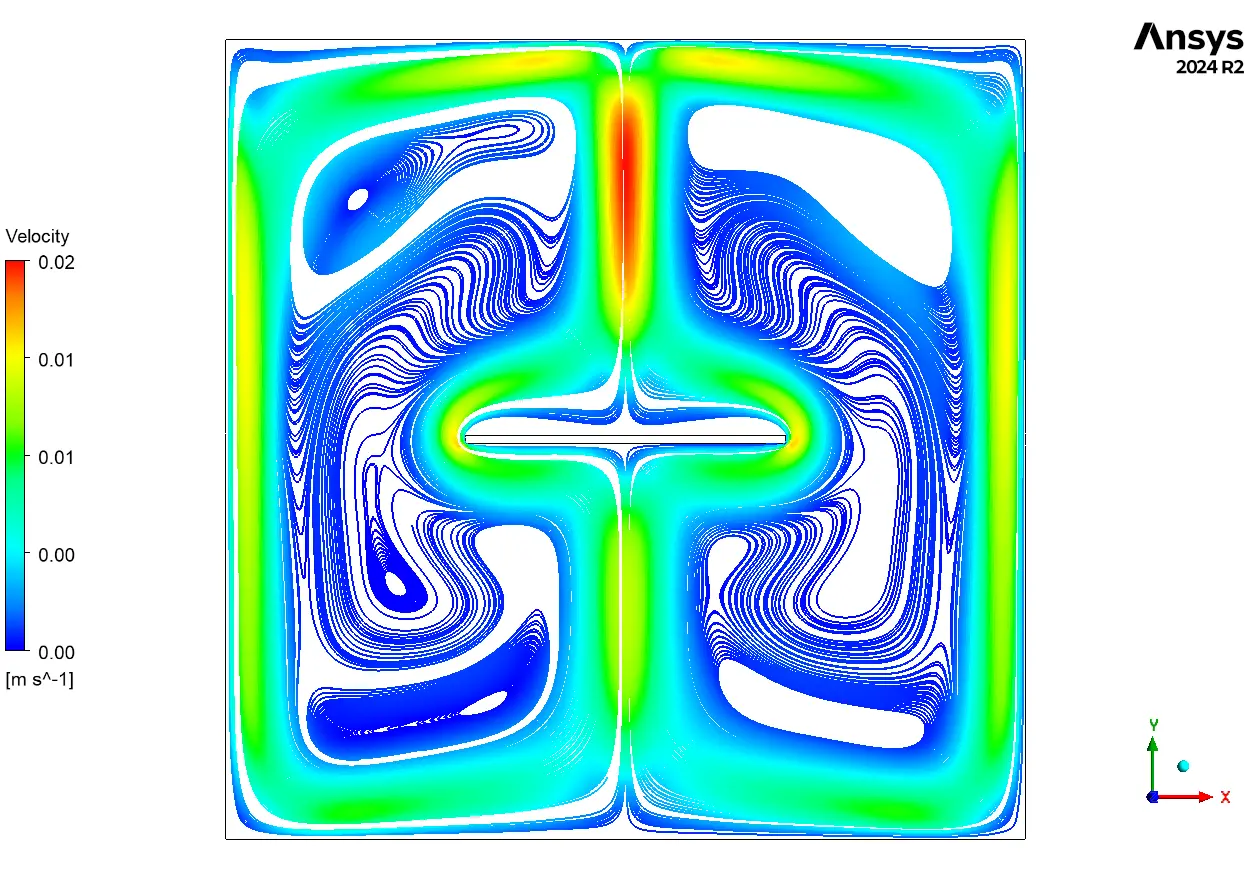
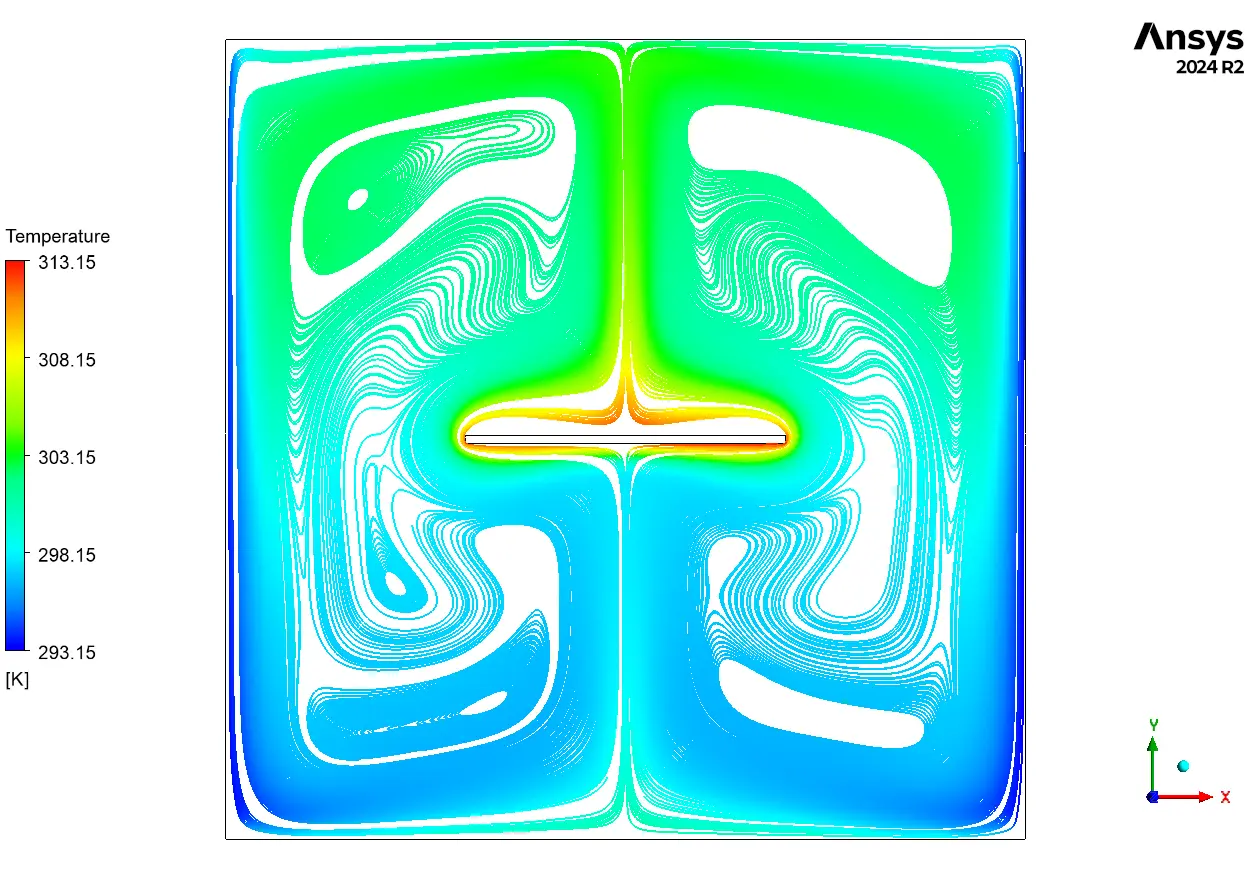
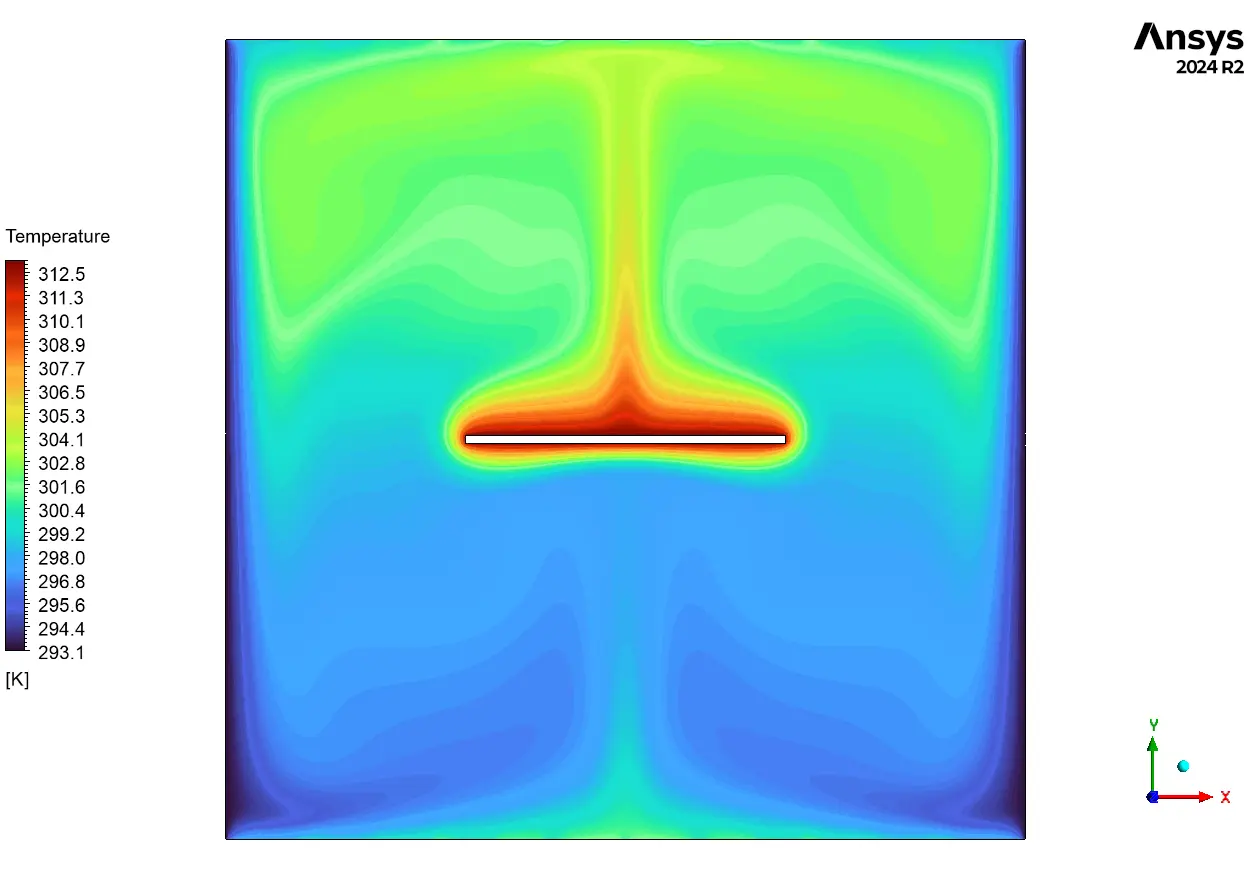
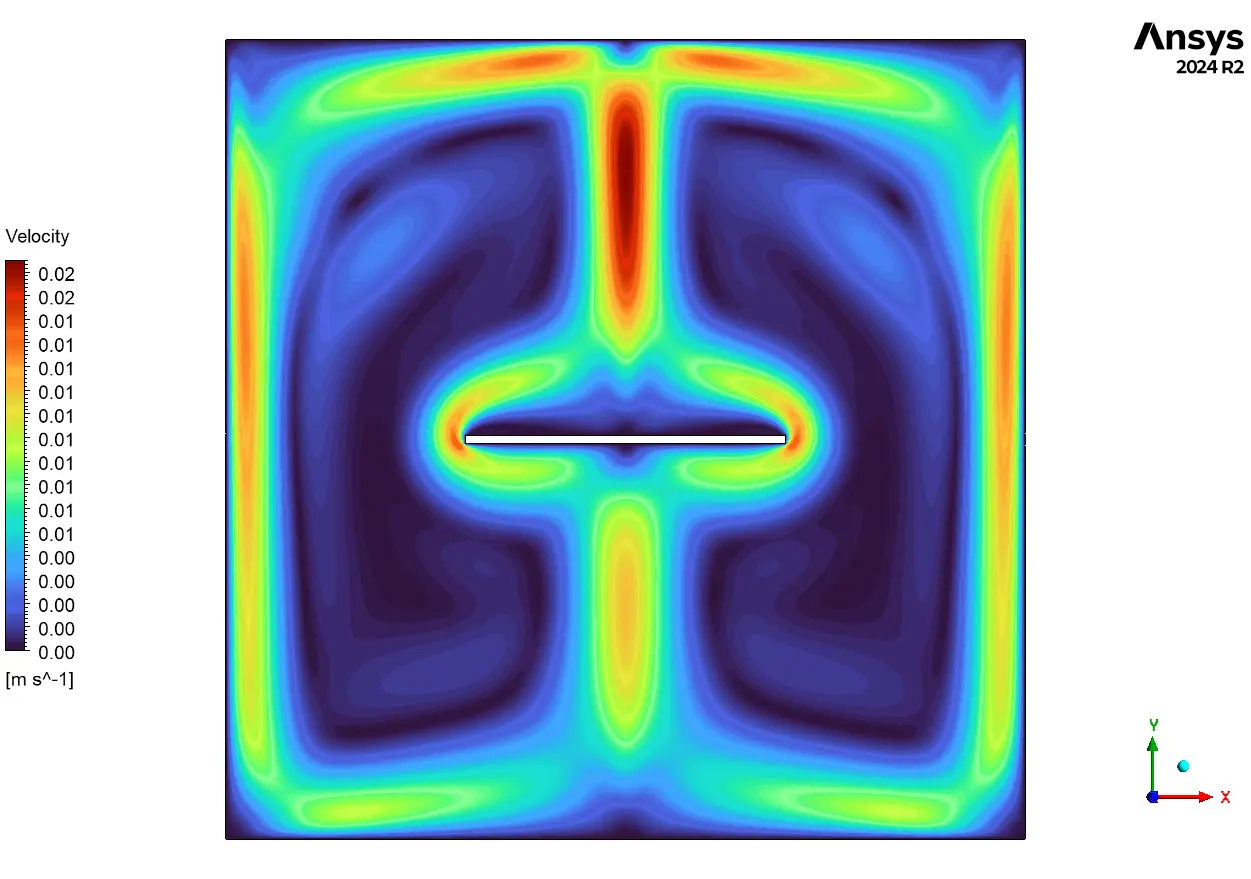
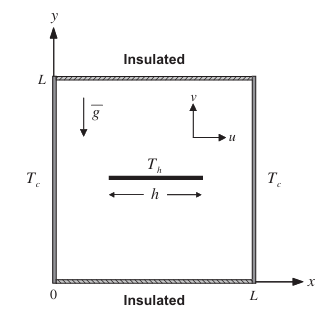
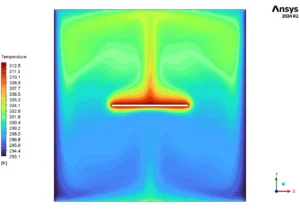
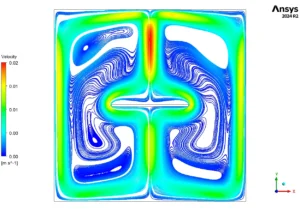





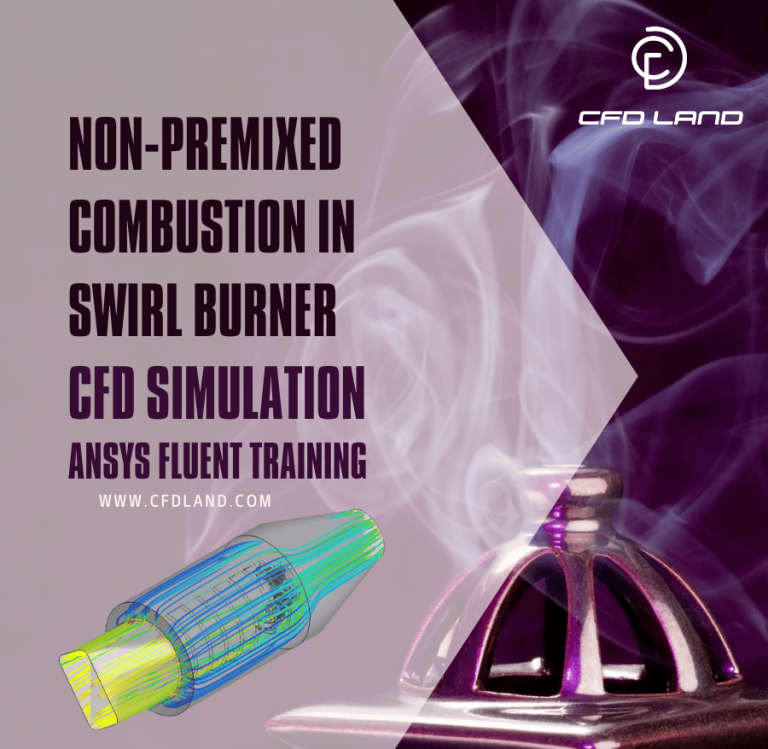

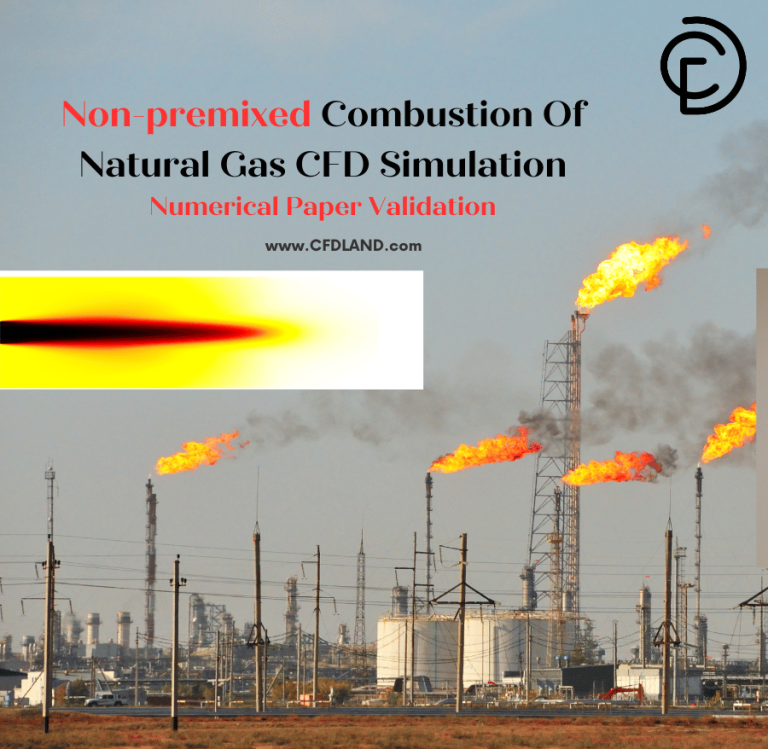

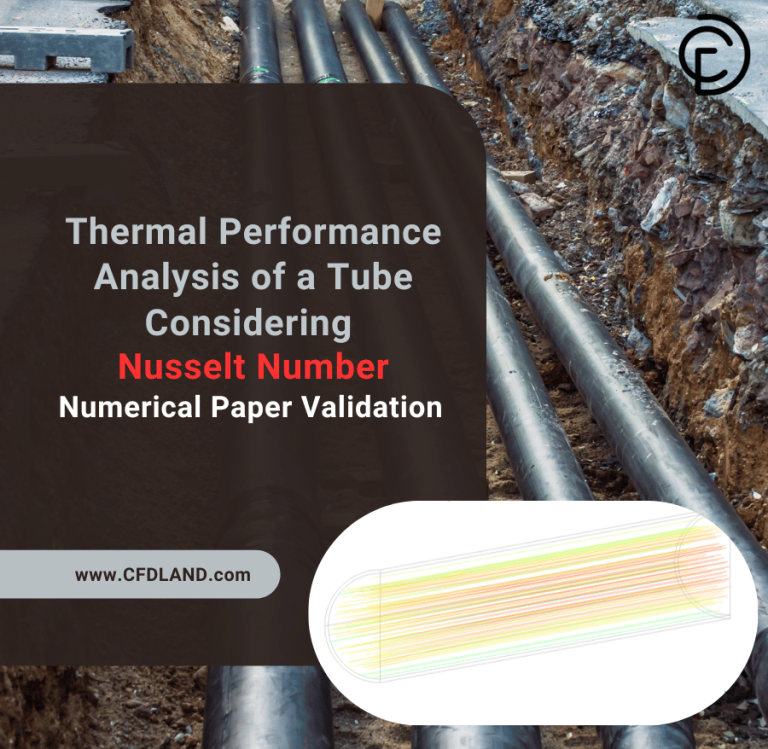
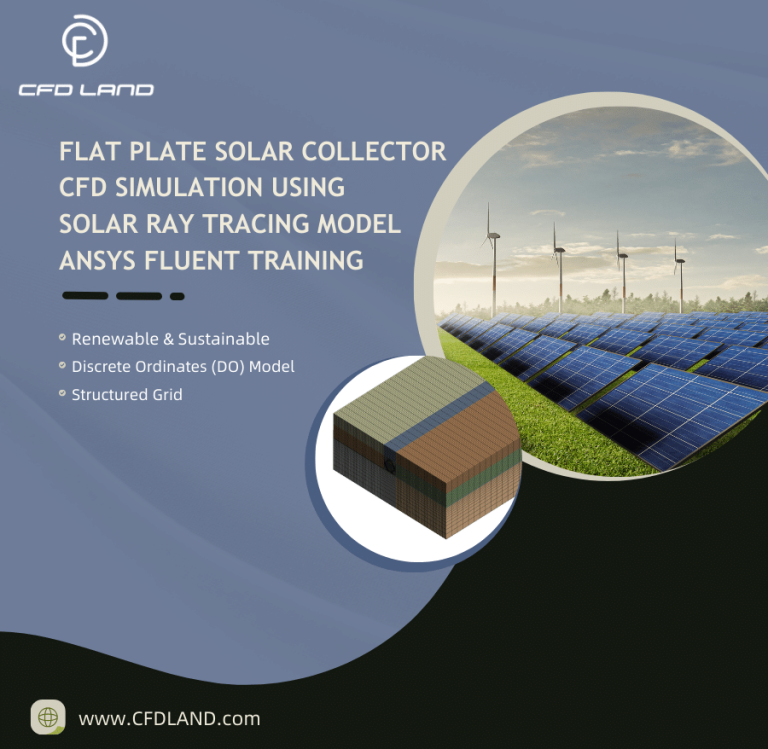
Reviews
There are no reviews yet.